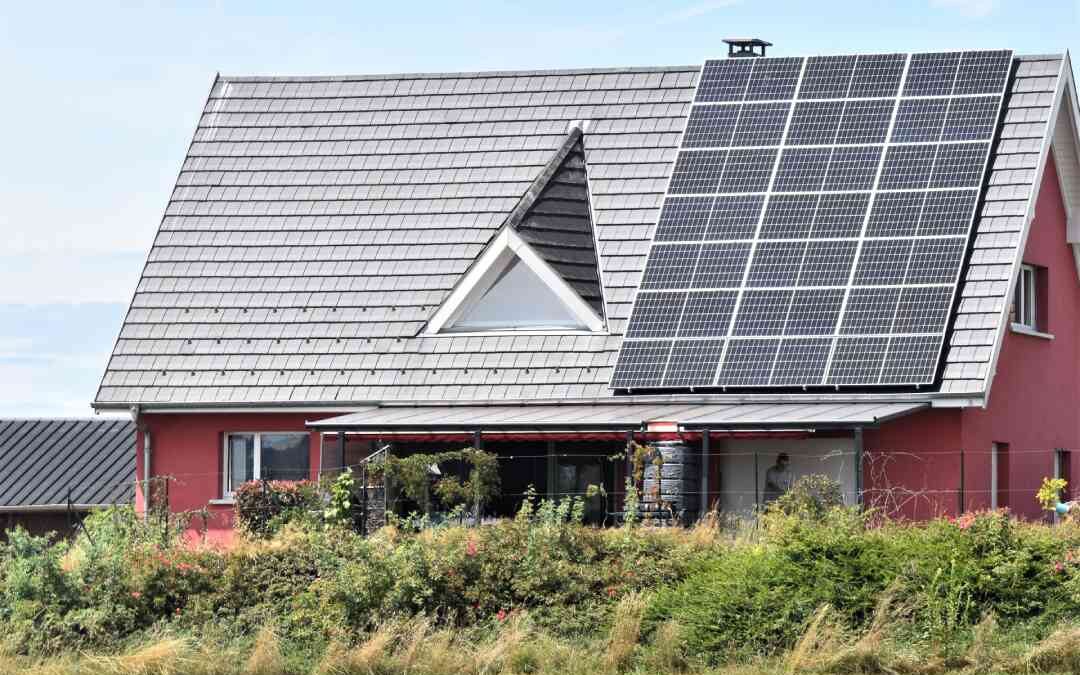Will India Achieve It’s Target of 40 GW Rooftop Solar Under ‘Pradhanmantri Suryodaya Yojana’?
Currently less than 1 million households produce 2.2 GW of rooftop solar electricity in India. With this scheme, the installed capacity of rooftop solar can be reached up to 22 GW
Will the recent announcement by Prime Minister Narendra Modi to electrify one crore households with solar electricity contribute to achieving India’s goal of 40 Gigawatts (GW) from rooftop solar?
A few days ago, the Prime Minister tweeted the launch of the ‘Pradhanmantri Suryodaya Yojana,’ aiming to install rooftop solar on one crore houses. In addition to reducing electricity bills for the poor and middle class, he emphasized the goal of making India self-reliant in the energy sector. However, no specific timeline for the project’s completion was provided.
Currently, there is no centralized estimate of households in India with rooftop solar installations, with rough estimates suggesting less than 10 lakh households have such installations. As of July 31, 2023, the installed capacity of rooftop solar in Indian homes is only 2.2 GW 9 (1 GW is 1,000 MW), according to documents presented in the Parliament.
Based on this calculation, solar rooftops in 1 crore houses together have the projected capability to produce up to 22 GW of solar electricity annually. But it will primarily depend on which category of households are being incentivized by the government under this project.
In 2010, the government set a goal of installing 100 GW by 2022, with 60 GW from utility projects (mega concentrated solar parks) and 40 GW from rooftop solar. Currently, about 56 GW has been installed in utilities (July 2023) and 12 GW in rooftops, including commercial and industrial installations.
Of the nearly 12 GW of rooftop solar installations, about 87% are “non-residential,” according to a report by JMK Research. The varied sizes of home installations, starting from 1 kW, make estimating the number of households challenging. India typically adds less than 2 GW annually to its solar capacity. Current incentive structures favor commercial entities over individual houses, potentially contributing to lower solar adoption by households.
The cost of installing a 1-2 kW system for residences is approximately ₹43,000 per unit, with units up to 3 KW eligible for a subsidy of about ₹14,000 per unit, according to MNRE estimates. Limited electricity consumption by most households, combined with existing subsidies for thermal electricity, makes even subsidized solar power relatively expensive.
Estimates suggest that India’s 25-30 crore households could collectively produce up to 637 gigawatts of rooftop solar, five times the total renewable energy capacity already installed. However, considering the electricity consumption by households, this estimate drops to about 118 GW. Presently, rooftop solar production in India is only 12 GW, with residential rooftop production at just 2.2 GW.
Experts highlight that subsidies by the Ministry of New and Renewable Energy (MNRE) for rooftop solar systems remain too expensive for the majority of Indian electricity consumers. Improved incentives are needed, particularly for consumers with the lowest electricity consumption in the 0-1 kilowatt segment.
Also Read
Oman’s Ambitious Hydrogen Revolution Propels the Country Towards Sustainable Energy Excellence

